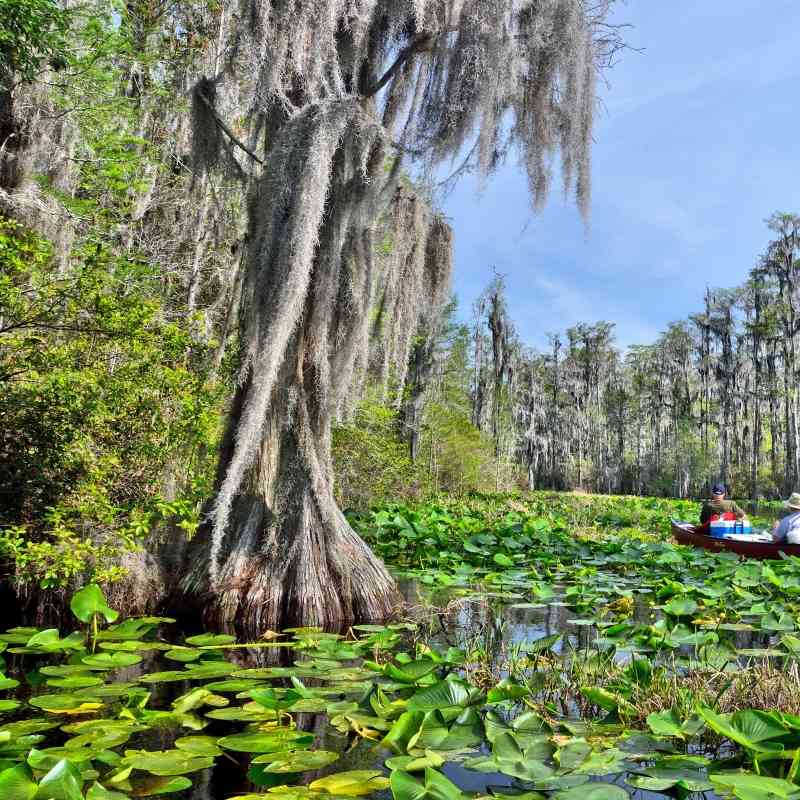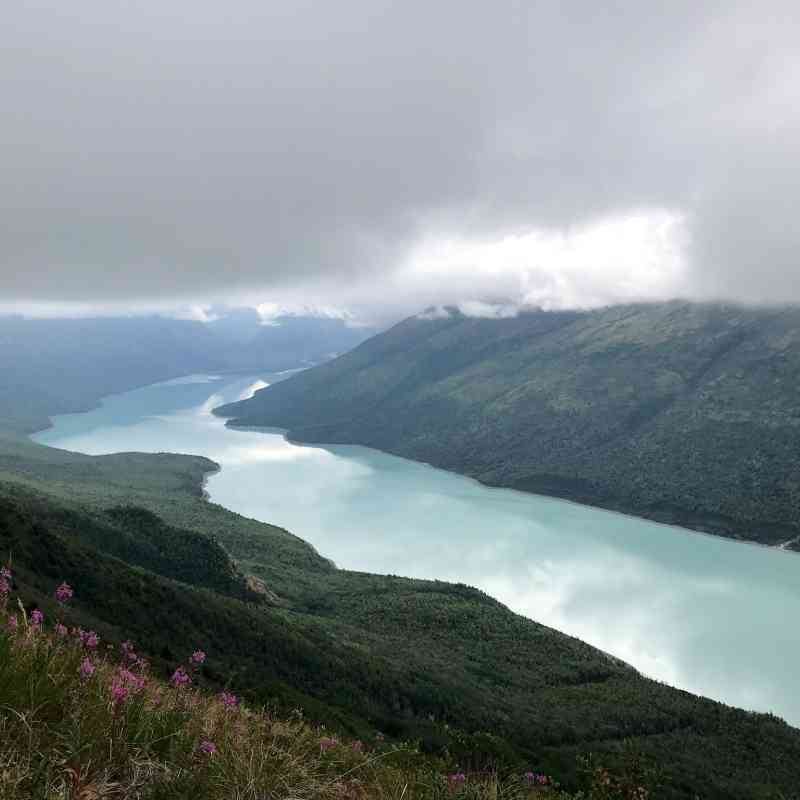It sure is warm out west this spring! With those warmer temperatures comes what our team affectionately calls “bear season.” As the first grizzly bear tracks of spring show up in the mountains of Montana, Idaho, Washington and Wyoming, we go to work making sure bears avoid trouble and are safe. 2015 is shaping up to be a busy year. Here are just a few of the projects our grizzly bear team is working on.
Grizzly Bear Electric Fencing Incentive
Too often, grizzly bears are killed because they’re considered a danger to humans. This occurs most often when bears get into trouble with “attractants” such as people’s livestock, birdfeeders, garbage or fruit trees. Once a bear discovers these tasty treats, it is not likely to forget the location and can come back repeatedly, causing understandable concern for the landowner. In response to rising conflicts between grizzly bears and people, Defenders started a grizzly bear electric fence incentive program in 2010. Through this program, we’re helping residents in grizzly bear country protect items that might “lure” bears into trouble. This way, we can stop the cycle of conflict before it even begins. Defenders’ Electric Fencing Incentive Program pays half of the costs (up to $500) to install a bear-resistant electric fence around a bear “attractant.” Since 2010, we have completed more than 150 fences. And, we hope to install another 50 in 2015. As of early May, 35 landowners had already enrolled in this year’s program! A large part of this program’s success is due to the technical and hands-on assistance we provide through Russ Talmo, Defenders’ electric fencing project manager and dedicated field technician.

Russ Talmo stands alongside Montana Fish, Wildlife and Parks staff after completing a much anticipated electric fence.
Securing Garbage from Grizzly Bears
Bears follow their noses to the next tasty treat, which means garbage that is left out where bears can get it is often too tempting for bears to pass up. This usually ends badly for the bear, as they become used to getting into garbage for food near where people live. These “food conditioned” bears are often relocated or euthanized by management agencies due to human safety concerns. So, we’re working with local landowners and wildlife managers to secure garbage containers that could otherwise lead bears into trouble. Together with a large group of partners, Defenders was able to purchase 50 bear-resistant garbage containers for a town in northwest Montana with a history of black and grizzly bear conflicts. Those containers were placed in the community this spring at no cost to landowners. We will continue this effort in other areas in 2015.
Defending Grizzly Bear Habitat in National Forests
Another major threat to grizzly bears is loss of habitat. More development is occurring on private lands in the northern Rocky Mountains at the same time as grizzly bear populations continue to recover and expand. This is why it is essential that bears have access to habitat on secure public lands. Defenders is working to make sure that public land protections in the northern Rockies remain strong so that this bear population keeps thriving. This spring several national forests in Montana are making changes to how they manage the land, in part for grizzly bears. If done right, the new plans could provide much needed habitat for the region’s grizzly bear populations. Equally important, the various habitats would be connected, enabling bears to live and move between populations. Defenders is dedicating a large team to reviewing and commenting on these forest plans, and will help advise the Forest Service on what is best for the continued recovery of the region’s imperiled wildlife.

Wide-ranging grizzly bears don’t understand boundaries, and so the Forest Service must collaborate with other federal, state, local, and private entities to ensure the bears are protected across large landscapes, including national forests.
Range Riders
If you know about Defenders’ work with wolves, you may have heard the term “range riders” before. This is one of our programs that can benefit multiple species – in this case, both wolves and grizzly bears. In several areas throughout the country, Defenders is working with ranchers to employ on-the-ground tools and strategies to protect livestock from predators, and therefore reduce lethal control of predators. Defenders is assisting on three range rider projects this year in Montana. By increasing human presence on the landscape amongst livestock, the riders can deter predators, increase awareness about predator activity in the area, and address sick and injured livestock as soon as possible. This program has been highly effective in reducing potential conflict between grizzly bears, wolves and livestock, and we hope to continue to see it grow.
Recovery of the North Cascades Grizzly Bear
Recovery of grizzly bears in Washington State to the North Cascades Ecosystem is slowly marching toward being a reality. The National Park Service and the U.S. Fish and Wildlife Service launched the effort to start figuring out how to recover bears in this ecosystem with an Environmental Impact Statement earlier this year. During the first public comment period for this process, the agencies received approximately 2,900 online comments, of which about 79 percent were supportive of recovering bears to the North Cascades. Defenders’ members and other grizzly bear supporters sent a loud and clear message: Washington is ready to be grizzly country once again. This next year, Defenders will work to keep momentum up for recovery of grizzly bears there and continue our education and outreach efforts to increase knowledge and tolerance of grizzlies, as well as continue to talk to our state legislators about the importance of grizzly bears to ecosystem health and why Washington needs them on our landscape.
On top of all of these projects, Defenders continues to work with state, federal and tribal agencies as well as local residents and other conservation groups to raise awareness about living with grizzly bears and the tools available that allow people and grizzly bears to coexist on the landscape. Where grizzly bears remain in the continental U.S., the largest threats facing them are human related deaths and habitat loss. In some areas like the North Cascades, grizzly bears are barely hanging on. We are on the ground to ensure grizzly bears are here to stay and thrive so future generations can enjoy this wild and majestic animal.
Author
comments




